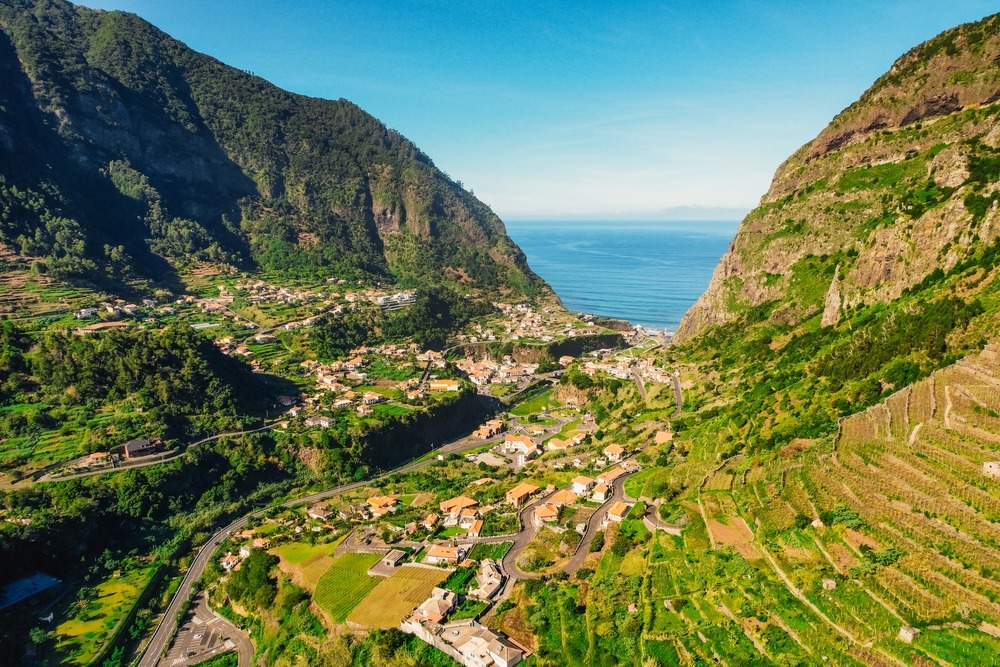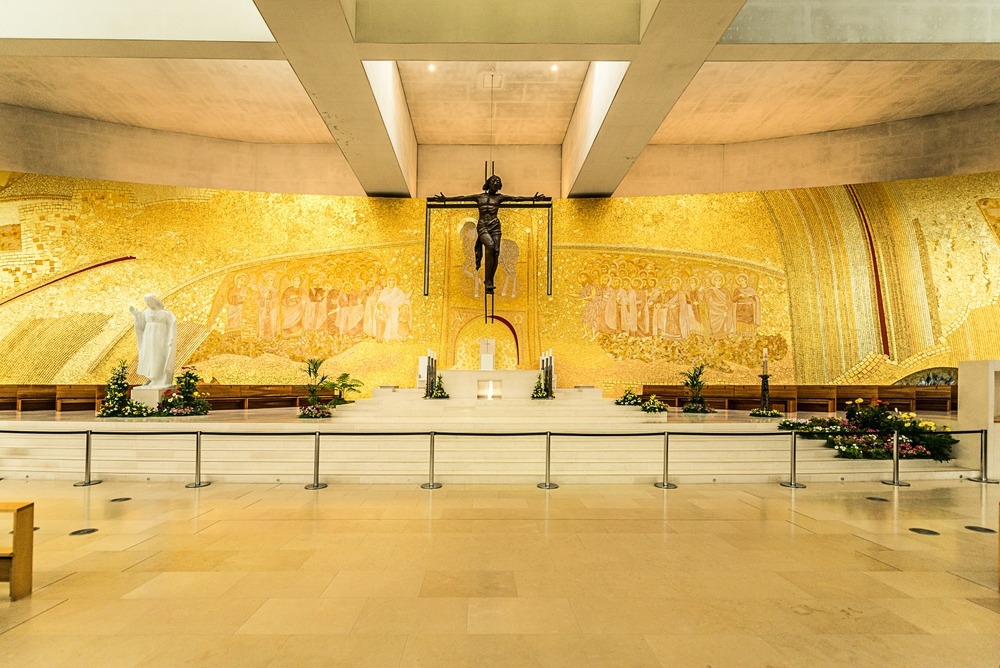Fátima, Portugal: A Detailed History and the Top 25 Local Attractions
History of Fátima, Portugal
Nestled in the central region of Portugal and along the Douro River, Fátima was once a modest rural village until a profound spiritual event in 1917 transformed it into one of the world’s most important Catholic pilgrimage destinations. The town’s name, “Fátima,” is believed to originate from a Moorish princess who converted to Christianity after being captured during the Christian Reconquista in the 12th century. Although the region remained agriculturally quiet for centuries, its destiny shifted dramatically in the early 20th century.
On May 13, 1917, three shepherd children—Lúcia dos Santos and her cousins Francisco and Jacinta Marto—reported witnessing an apparition of the Virgin Mary while tending their sheep near the Cova da Iria. Over the next six months, the children claimed to receive monthly visions and divine messages. The apparitions culminated in what witnesses described as the “Miracle of the Sun” on October 13, 1917, witnessed by tens of thousands of people who gathered in the fields. This miraculous event, which many described as the sun dancing in the sky and casting multicolored lights, became a central element of the town’s legacy.
The Catholic Church officially recognized the apparitions in 1930, further establishing Fátima’s significance as a spiritual sanctuary. A small chapel was built at the site of the apparitions, followed by the grand Basilica of Our Lady of the Rosary. Over time, Fátima evolved from a sleepy farming area into a thriving center of religious tourism, drawing millions of pilgrims annually. The town has since grown to accommodate this influx, developing infrastructure, museums, prayer spaces, and religious institutions to support those who seek spiritual solace, healing, or fulfillment of vows.
The legacy of the three children is deeply interwoven with the town’s identity. Francisco and Jacinta were canonized as saints in 2017, while Sister Lúcia lived a long religious life until her passing in 2005. Their resting places, housed within the sanctuary complex, remain sites of veneration.

Top 25 Attractions in Fátima, Portugal
-
Sanctuary of Our Lady of Fátima – The centerpiece of the town and one of the most important Catholic pilgrimage sites in the world, with a vast esplanade, chapels, and the original apparition site.
-
Basilica of Our Lady of the Rosary – Home to the tombs of the three shepherd children, its iconic colonnades and bell tower overlook the sanctuary grounds.
-
Chapel of the Apparitions – Built on the exact location where the Virgin Mary appeared, this humble chapel is where pilgrims often begin their visit.
-
Basilica of the Holy Trinity – A modern, circular basilica completed in 2007, capable of seating 8,000 people and offering a contemporary contrast to the older structures.
-
The High Cross – A striking modern cross erected on the southern end of the esplanade, offering a symbolic perspective of faith and redemption.
-
Via Sacra (The Sacred Way) – A series of 14 Stations of the Cross that lead through the countryside to the Calvary Chapel, following the path the children often walked.
-
Hungarian Calvary – Located at the end of the Via Sacra, this chapel and sculpture group marks the conclusion of the Stations of the Cross and offers a place for quiet reflection.
-
Museum of the Sanctuary of Fátima – Displays relics, vestments, and artifacts associated with the apparitions and the growth of the pilgrimage site.
-
House of the Little Shepherds – Located in Aljustrel, the preserved homes of the visionaries provide a glimpse into rural Portuguese life in the early 20th century.
-
Valinhos – The site of the fourth apparition and a place of serene countryside beauty with commemorative monuments.
-
Parish Church of Fátima – The local church where the shepherd children were baptized, featuring historical documents and traditional architecture.
-
Loca do Cabeço – The place where the Angel of Peace is said to have appeared to the children in 1916, preceding the Marian apparitions.
-
Poço do Arneiro (Well of Arneiro) – Located on Lúcia’s family property, it is linked to one of the early angelic apparitions.
-
Monument to the Sacred Heart of Jesus – A bronze statue located at the heart of the sanctuary square, surrounded by candles offered by pilgrims.
-
Fátima Light and Peace Museum – Features votive offerings and gifts left by pilgrims, including those from popes and heads of state.
-
Monument to the Three Shepherds – Honors Lúcia, Francisco, and Jacinta with life-size statues in a small garden near the sanctuary.
-
Candlelight Procession – A moving nighttime tradition in the sanctuary plaza where pilgrims carry candles and recite the rosary.
-
Fátima Wax Museum – Offers a narrative of the apparitions and the shepherds’ lives through life-size wax figures and dioramas.
-
Interactive Fátima 1917 Museum – Uses multimedia and immersive storytelling to explore the events and message of the apparitions.
-
Shepherds’ Pasture – A peaceful field once roamed by the children and sheep, now marked with plaques and accessible pathways.
-
Monastery of Batalha – Though slightly outside of Fátima, this UNESCO World Heritage Site is a worthwhile excursion for its Gothic architecture and historical significance.
-
Mira de Aire Caves – A natural wonder near Fátima, this underground cave system offers a different type of awe with stalactites and subterranean beauty.
-
Moeda Caves – Another nearby natural attraction with guided tours through the limestone formations.
-
Leiria Castle – A medieval fortress just 25 minutes away, ideal for a historical detour filled with panoramic views and Gothic ruins.
-
Traditional Shops and Candle Vendors – Scattered throughout Fátima, these offer religious icons, handmade rosaries, and candles used in devotional offerings.

Fátima, while globally recognized for its sacred significance, offers much more than a religious retreat. Its peaceful landscape, cultural institutions, and heartfelt traditions create a space where spiritual reflection harmonizes with Portuguese heritage. Whether drawn by faith or curiosity, visitors to Fátima often leave with a deep sense of reverence and renewal.

































